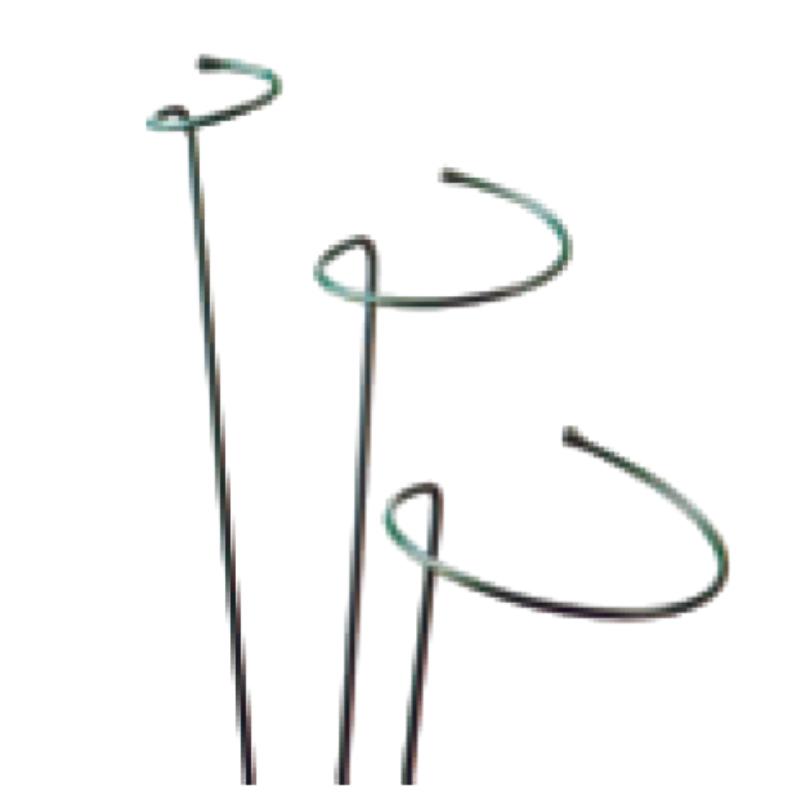-
ኢሜይል፡-zhao@hyliec.cn
-
ስልክ፡-+86 311 85273988
-
WhatsApp፡8613931128750
-
 አፍሪካዊ
አፍሪካዊ -
 አልበንያኛ
አልበንያኛ -
 አማርኛ
አማርኛ -
 አረብኛ
አረብኛ -
 አርመንያኛ
አርመንያኛ -
 አዘርባጃኒ
አዘርባጃኒ -
 ባስክ
ባስክ -
 ቤላሩሲያን
ቤላሩሲያን -
 ቤንጋሊ
ቤንጋሊ -
 ቦስንያን
ቦስንያን -
 ቡልጋርያኛ
ቡልጋርያኛ -
 ካታሊያን
ካታሊያን -
 ሴቡአኖ
ሴቡአኖ -
 ኮርሲካን
ኮርሲካን -
 ክሮኤሽያን
ክሮኤሽያን -
 ቼክ
ቼክ -
 ዳኒሽ
ዳኒሽ -
 ደች
ደች -
 እንግሊዝኛ
እንግሊዝኛ -
 እስፔራንቶ
እስፔራንቶ -
 ኢስቶኒያን
ኢስቶኒያን -
 ፊኒሽ
ፊኒሽ -
 ፈረንሳይኛ
ፈረንሳይኛ -
 ፍሪሲያን
ፍሪሲያን -
 ጋላሺያን
ጋላሺያን -
 ጆርጅያን
ጆርጅያን -
 ጀርመንኛ
ጀርመንኛ -
 ግሪክኛ
ግሪክኛ -
 ጉጅራቲ
ጉጅራቲ -
 ሓይቲያን ክሬኦሌ
ሓይቲያን ክሬኦሌ -
 ሃውሳ
ሃውሳ -
 ሐዋያን
ሐዋያን -
 ሂብሩ
ሂብሩ -
 አይደለም
አይደለም -
 ሚያኦ
ሚያኦ -
 ሃንጋሪያን
ሃንጋሪያን -
 አይስላንዲ ክ
አይስላንዲ ክ -
 igbo
igbo -
 ኢንዶኔዥያን
ኢንዶኔዥያን -
 አይሪሽ
አይሪሽ -
 ጣሊያንኛ
ጣሊያንኛ -
 ጃፓንኛ
ጃፓንኛ -
 ጃቫኒስ
ጃቫኒስ -
 ካናዳ
ካናዳ -
 ካዛክሀ
ካዛክሀ -
 ክመር
ክመር -
 ሩዋንዳኛ
ሩዋንዳኛ -
 ኮሪያኛ
ኮሪያኛ -
 ኩርዲሽ
ኩርዲሽ -
 ክይርግያዝ
ክይርግያዝ -
 ቲቢ
ቲቢ -
 ላቲን
ላቲን -
 ላትቪያን
ላትቪያን -
 ሊቱኒያን
ሊቱኒያን -
 ሉክዜምብርጊሽ
ሉክዜምብርጊሽ -
 ማስዶንያን
ማስዶንያን -
 ማልጋሺ
ማልጋሺ -
 ማላይ
ማላይ -
 ማላያላም
ማላያላም -
 ማልትስ
ማልትስ -
 ማኦሪይ
ማኦሪይ -
 ማራቲ
ማራቲ -
 ሞኒጎሊያን
ሞኒጎሊያን -
 ማይንማር
ማይንማር -
 ኔፓሊ
ኔፓሊ -
 ኖርወይኛ
ኖርወይኛ -
 ኖርወይኛ
ኖርወይኛ -
 ኦሲታን
ኦሲታን -
 ፓሽቶ
ፓሽቶ -
 ፐርሽያን
ፐርሽያን -
 ፖሊሽ
ፖሊሽ -
 ፖርቹጋልኛ
ፖርቹጋልኛ -
 ፑንጃቢ
ፑንጃቢ -
 ሮማንያን
ሮማንያን -
 ራሺያኛ
ራሺያኛ -
 ሳሞአን
ሳሞአን -
 ስኮትላንዳዊ ጌሊክ
ስኮትላንዳዊ ጌሊክ -
 ሰሪቢያን
ሰሪቢያን -
 እንግሊዝኛ
እንግሊዝኛ -
 ሾና
ሾና -
 ስንድሂ
ስንድሂ -
 ሲንሃላ
ሲንሃላ -
 ስሎቫክ
ስሎቫክ -
 ስሎቬንያን
ስሎቬንያን -
 ሶማሊ
ሶማሊ -
 ስፓንኛ
ስፓንኛ -
 ሱዳናዊ
ሱዳናዊ -
 ስዋሕሊ
ስዋሕሊ -
 ስዊድንኛ
ስዊድንኛ -
 ታንጋሎግ
ታንጋሎግ -
 ታጂክ
ታጂክ -
 ታሚል
ታሚል -
 ታታር
ታታር -
 ተሉጉ
ተሉጉ -
 ታይ
ታይ -
 ቱሪክሽ
ቱሪክሽ -
 ቱሪክሜን
ቱሪክሜን -
 ዩክሬንያን
ዩክሬንያን -
 ኡርዱ
ኡርዱ -
 ኡጉር
ኡጉር -
 ኡዝቤክ
ኡዝቤክ -
 ቪትናሜሴ
ቪትናሜሴ -
 ዋልሽ
ዋልሽ -
 እገዛ
እገዛ -
 ዪዲሽ
ዪዲሽ -
 ዮሩባ
ዮሩባ -
 ዙሉ
ዙሉ
Metal Plant Supports
What Is The Support Structure Of A Plant?
The support structure of a plant refers to the system of tissues and organs that provide stability and enable the plant to maintain an upright position. This support structure includes several key components:
1. Cell walls: The rigid cell walls of plant cells provide structural support, especially in non-woody plants. The cell walls help maintain the shape and rigidity of the plant's cells, contributing to its overall structure.
2. Stems: Stems play a crucial role in supporting the plant and providing a framework for the attachment of leaves, flowers, and reproductive structures. The stems also facilitate the transport of water, nutrients, and sugars throughout the plant.
3. Roots: The root system anchors the plant in the soil, providing stability and support. Additionally, roots absorb water and nutrients from the soil, contributing to the overall health and growth of the plant.
4. Vascular tissues: Xylem and phloem are specialized tissues that form the plant's vascular system. Xylem transports water and minerals from the roots to the rest of the plant, while phloem transports sugars and other organic compounds to various parts of the plant.
5. Specialized structures: Some plants have specialized support structures, such as tendrils, thorns, or aerial roots, which aid in climbing, attachment, or additional support.
The combination of these structural elements allows plants to maintain their shape, withstand environmental forces, and support essential physiological processes.
Iron Plant Supports Faq
What are the benefits of using iron plant supports?
Iron plant supports offer durability and strength, making them suitable for providing robust support for heavy or sprawling plants. They can withstand the weight of mature plants and help maintain their shape and structure.
What types of plants are best supported by iron plant supports?
Iron plant supports are well-suited for providing support to a wide range of plants, including peonies, roses, delphiniums, and other tall or heavy-flowering perennials. They can also be used for supporting climbing plants such as clematis or sweet peas.
How should iron plant supports be installed?
Iron plant supports should be installed firmly in the ground to ensure stability. When supporting individual plants, place the support structure around the plant early in the growing season, allowing the plant to grow into and around the support naturally.
Are there different styles and designs of iron plant supports available?
Yes, iron plant supports come in various styles and designs, including hoop supports, grid supports, and individual stakes. These different designs cater to the specific needs of different types of plants and can provide effective support while enhancing the visual appeal of the garden.
How can iron plant supports be maintained?
To maintain iron plant supports, periodically inspect them for signs of rust or corrosion, especially if they are exposed to the elements. If rust is present, it can be removed using a wire brush, and the supports can be treated with a rust-resistant coating or paint to prolong their lifespan.






